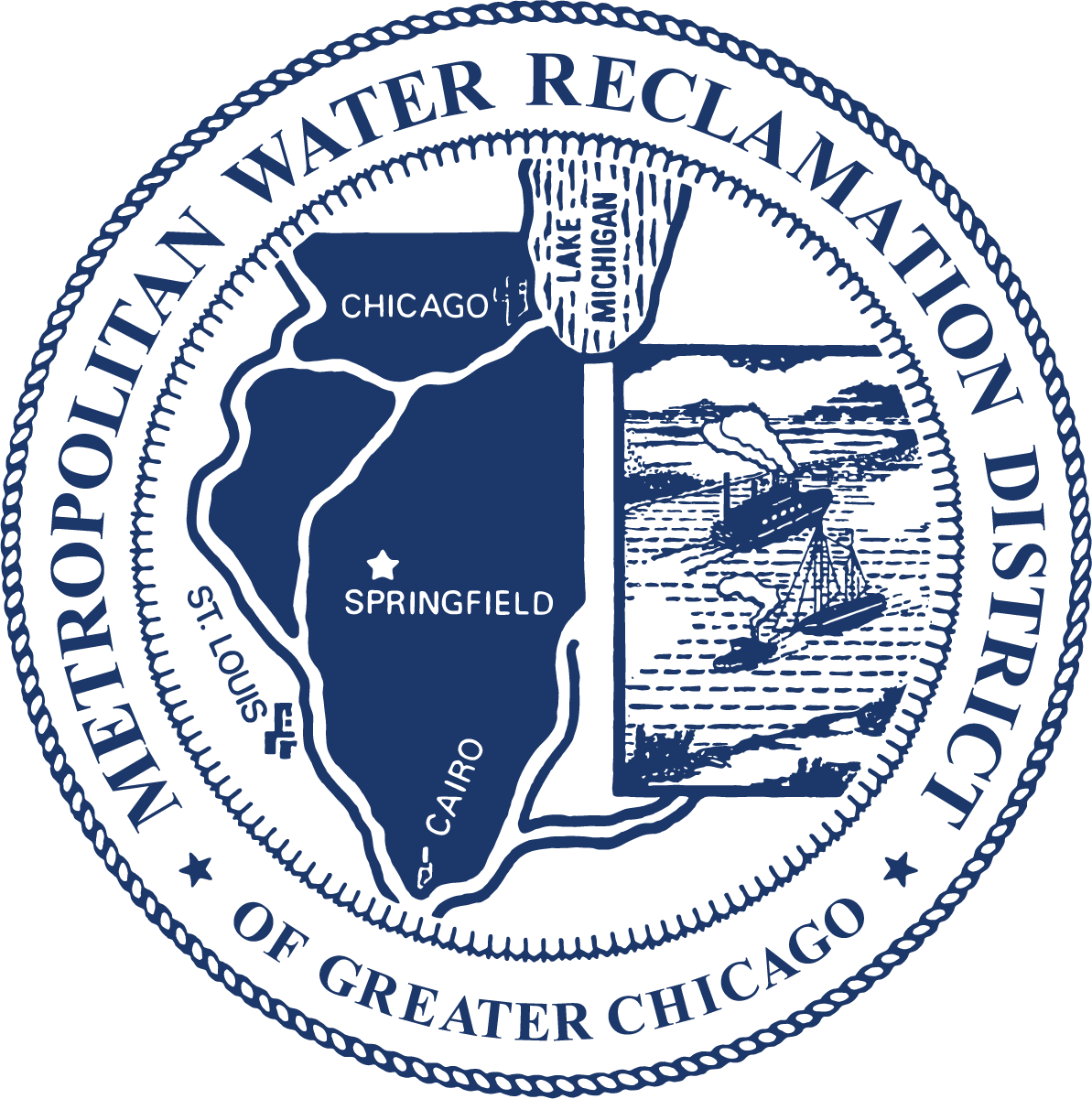Space to Grow™ partners complete five CPS schoolyards that provide areas for learning, playing and stormwater retention
The Space to Grow™ initiative has completed five more green schoolyard transformations in 2025, marking another milestone in its long-term effort to convert asphalt playlots into vibrant outdoor learning and recreation spaces in Chicago Public Schools (CPS).
The program is a partnership between the Metropolitan Water Reclamation District of Greater Chicago (MWRD), Healthy Schools Campaign, Openlands, CPS, Chicago Department of Water Management (CDWM) and Chicago Department of Environment. Five schoolyard sites in diverse neighborhoods each offer new outdoor play fields, nature-play zones, rain gardens and stormwater retention features.
In addition to providing healthier, safer and more inspiring outdoor spaces for students, these projects will help manage stormwater in neighborhoods that face frequent flooding and rely on combined sewer systems that drain both sanitary and stormwater in the same pipe. By slowing down the runoff, Space to Grow can reduce the strain on these pipes and infrastructure that when overwhelmed can lead to basement backups and polluted waterways.
The five schoolyards bring the total number of transformed campuses to 41 since 2014 and the grand total of storage volume to nearly 8.8 million gallons per rain event.
By the numbers: Between the five new schoolyards, approximately 1,726,842 gallons will be captured per storm event. This design retention capacity is equivalent to 13.3 Olympic-size pools or more than 175,151 bathtubs per rain event. The following is a breakdown of the design retention capacity of all five schoolyards:
- Emmett Till Math and Science Academy, 6543 S Champlain Ave. (319,914 gal.)
- William H. Ryder Math & Science Elementary School, 8716 S Wallace St. (260,129 gal.)
- James Farmer Jr. Elementary School, 4214 S St Lawrence Ave. (324,532 gal.)
- Irvin C. Mollison Elementary School, 4415 S King Dr. (383,878 gal.)
- Myra Bradwell School, 7736 S Burnham Ave. (438,389 gal.)
Before and after aerials of the schoolyard at Till Math and Science Academy in the West Woodlawn neighborhood illustrate the transformation from a puddle-forming concrete lot to new colorful play areas with permeable turf and native vegetation that absorb more stormwater.
Throughout November, the MWRD joined Space to Grow partners to celebrate with the five school communities at ribbon cutting ceremonies that marked the completion of construction and spread awareness for the importance of what lies below the surface at these projects. MWRD commissioners gave remarks and educated students on the role of the MWRD to protect the water environment.
“These projects show what’s possible when we work together,” said MWRD President Kari K. Steele. “On behalf of the MWRD, thank you to everyone who helped make these schoolyard transformations happen — our partners, the school, and especially the students who will make these spaces come alive.”
Each schoolyard replaces large expanses of impervious pavement with multi-purpose landscapes offering athletic fields, outdoor classrooms, permeable surfaces and native plantings. Each site was planned through extensive community engagement with students, teachers, parents and neighborhood representatives to reflect local priorities. The green infrastructure additions support local flood-reduction efforts by capturing and infiltrating stormwater where it falls.








